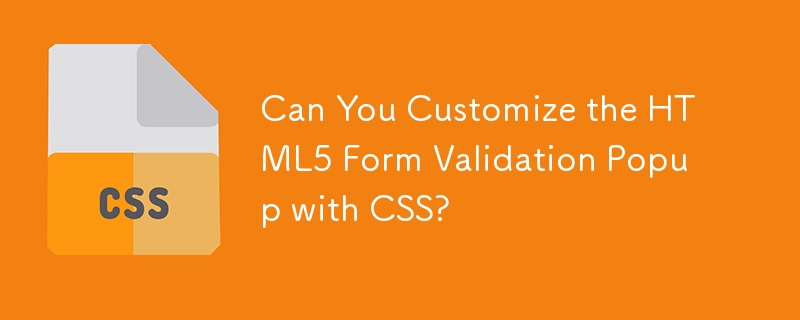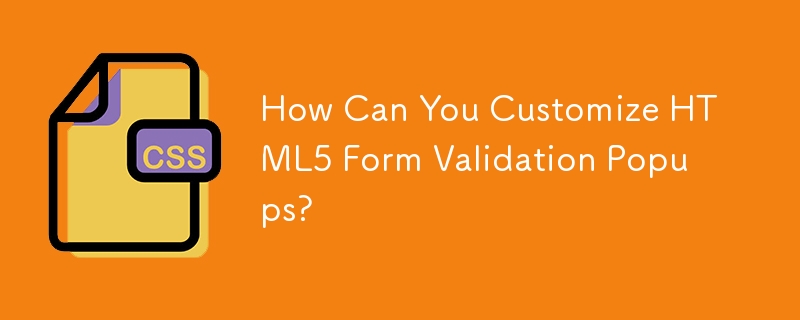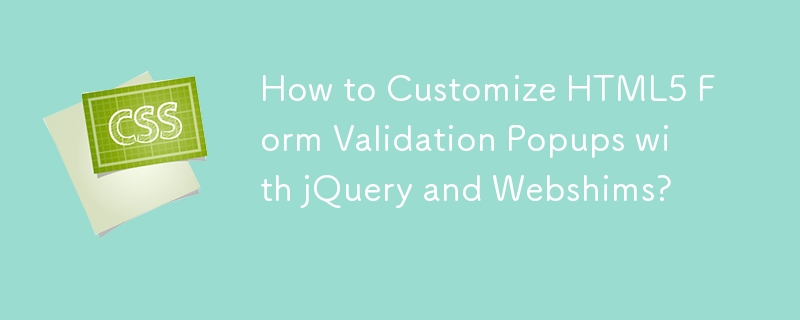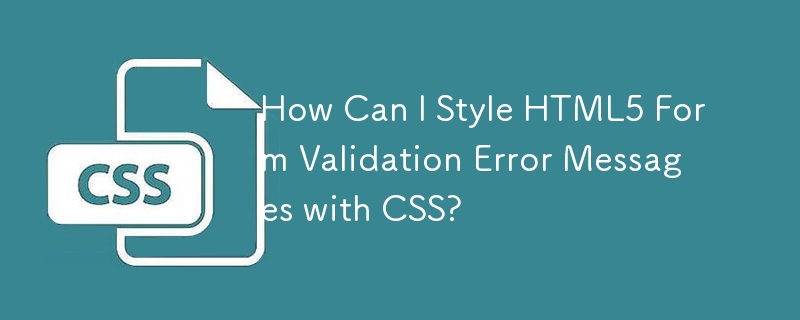Found a total of 10000 related content
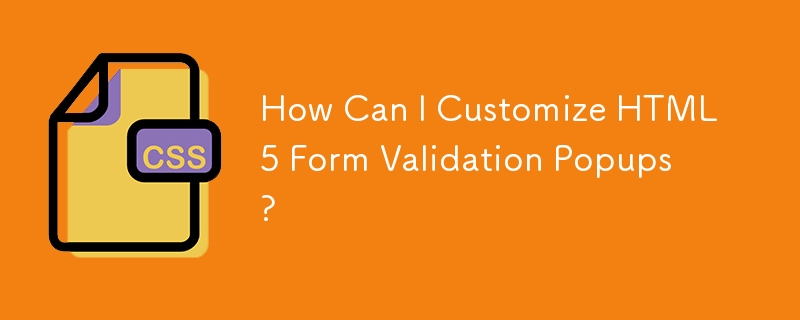
How Can I Customize HTML5 Form Validation Popups?
Article Introduction:Customizing HTML5 Form Validation PopupsWhen utilizing HTML5 forms, the default validation popups can sometimes be unsatisfactory. However, it's...
2024-11-08
comment 0
438

What is HTML5 form validation? How do you use it?
Article Introduction:HTML5 form validation enables automatic input validation with attributes like required, type, and pattern. It enhances user experience by providing immediate feedback and improving accessibility.
2025-03-19
comment 0
1068
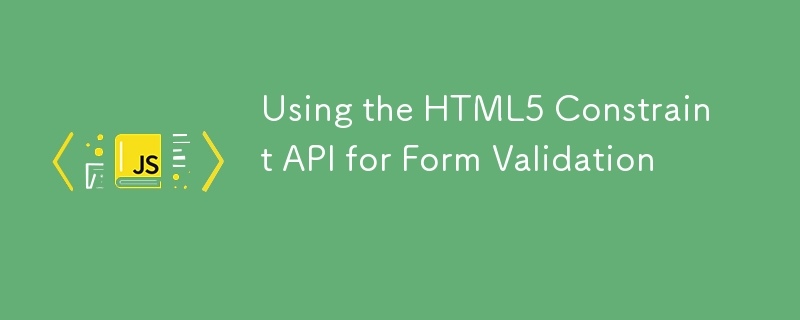
Using the HTML5 Constraint API for Form Validation
Article Introduction:Key Takeaways
The HTML5 Constraint API simplifies form validation by allowing developers to avoid using JavaScript for basic validations, thereby making the process more user and developer-friendly.
Basic validation can be achieved by using appr
2025-02-23
comment 0
572
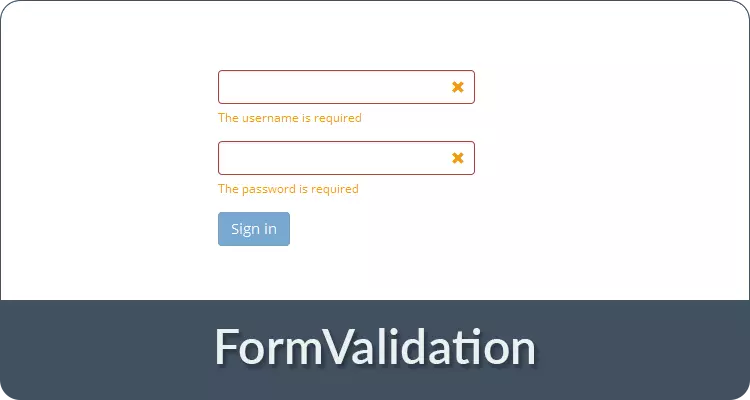
10 jQuery Form Validation Plugins
Article Introduction:Key Takeaways
HTML5 introduced new form attributes for browser-based form validation, but it has restrictions such as inability to customize error messages and style, and the need to create patterns for input fields. jQuery form validation plugins
2025-02-17
comment 0
552
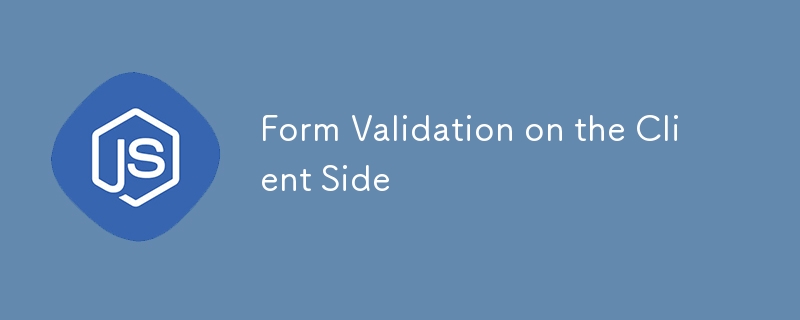
Form Validation on the Client Side
Article Introduction:Client form validation is crucial – it saves time and bandwidth and provides more options to point out where users make mistakes when filling out forms. That being said, this doesn't mean you don't need server-side verification. Users visiting your website may have used an old browser or disabled JavaScript, which will break client-only verification. Client and server-side verification complement each other, so they really should not be used independently.
Why is client verification important?
There are two good reasons to use client authentication:
It is a quick way to verify: if something goes wrong, an alert will be triggered when the form is submitted.
You can safely display only one error at a time and focus on the wrong fields to help ensure that the user correctly fills out all the detailed letters you need
2025-03-08
comment 0
922

Implementing Client-Side HTML5 Form Validation
Article Introduction:Form verification can be achieved through built-in HTML5 features, without relying on JavaScript. Use required, min/max, and pattern attributes to ensure the legality of input; use the browser's default error prompts or custom content; improve the interactive experience through the CSS's :valid/:invalid pseudo-class; at the same time, it is necessary to pay attention to compatibility, and combine back-end verification and testing to ensure cross-browser compatibility.
2025-07-04
comment 0
484
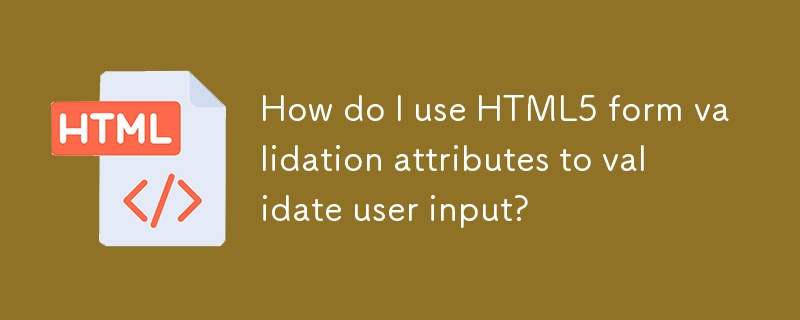

Implementing client-side validation with HTML5 form attributes.
Article Introduction:Form verification can be achieved through HTML5 built-in properties without JavaScript. 1.Required ensures that the field is not empty, and is suitable for required items such as username; 2. Pattern is combined with regular control input format such as zip code, and an error is prompted through title; 3. Type extends verification data types such as email, url and number, and combines min/max to limit the numerical range, but pay attention to the differences in browser compatibility.
2025-07-02
comment 0
300
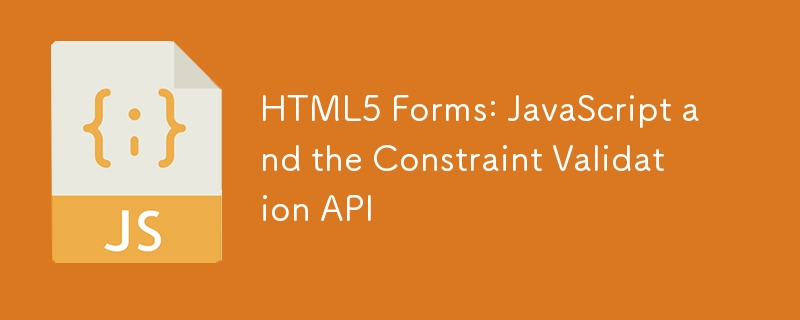
HTML5 Forms: JavaScript and the Constraint Validation API
Article Introduction:Core points
HTML5 allows client form validation to be free of JavaScript encoding, but for more complex forms, JavaScript and constraint validation APIs can be used to enhance native validation. This is because of some limitations, such as not all browsers support all HTML5 input types and CSS selectors, and it is difficult to style the error message bubble.
The Constraint Validation API provides some methods and properties, such as .willValidate, .checkValidity(), .validity, and .setCustomValidity(). These are used to check whether the verification field is to be validated, the verification field is to be validated, and to set the validity of the field.
2025-02-21
comment 0
321


Form validation with YUP
Article Introduction:Simplify your Form Validation in React with Yup
When building web applications, form validation is key to ensuring data integrity. If you're looking for a simple yet powerful way to validate forms in React, Yup is your best friend! This blog wi
2024-12-29
comment 0
408
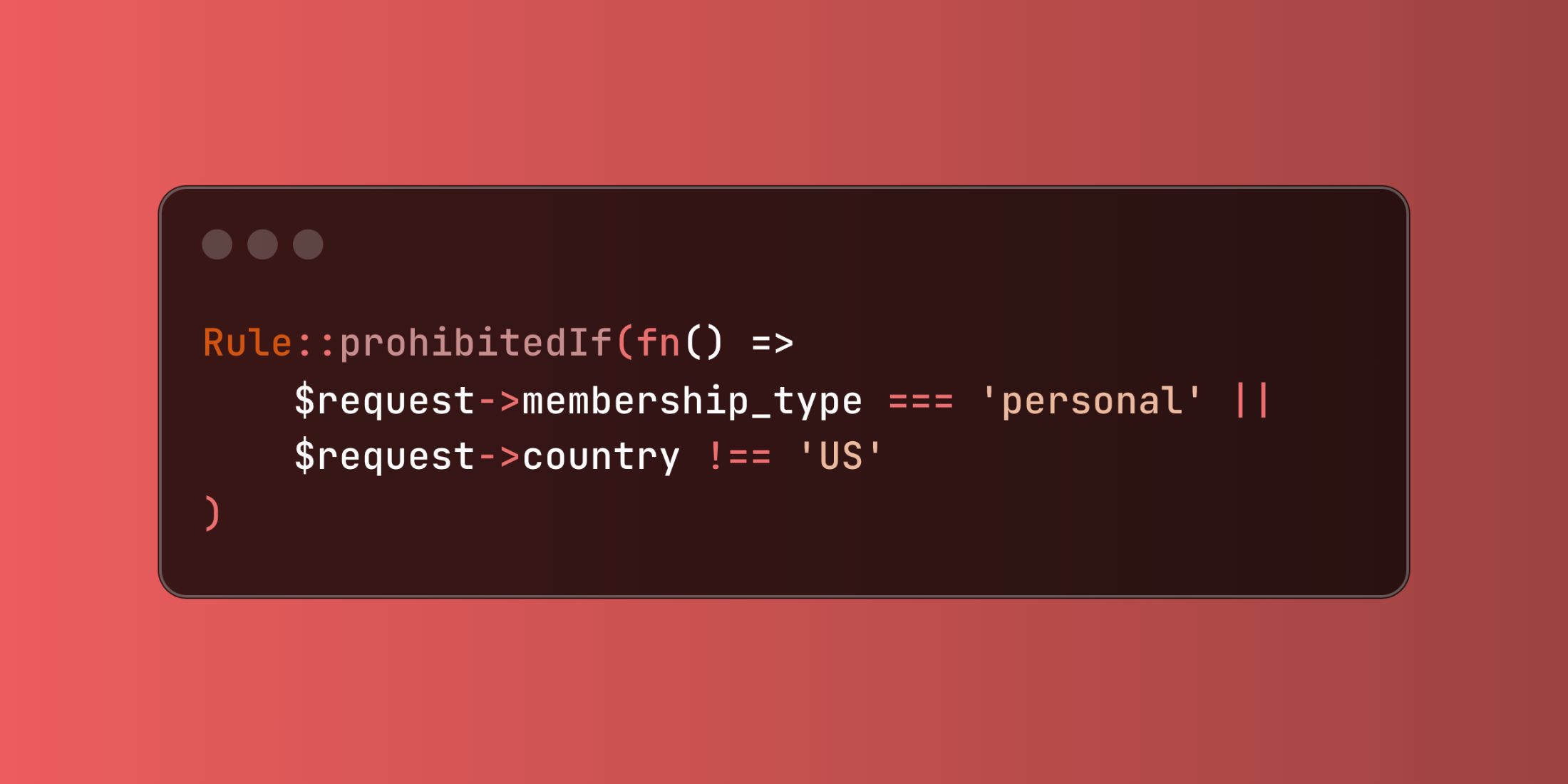
Dynamic Form Validation in Laravel with prohibited_if
Article Introduction:Laravel's prohibited_if validation rule simplifies handling interdependent form fields. This rule elegantly restricts field inputs based on the values of other fields, enhancing dynamic form validation.
Understanding prohibited_if
The prohibited_if
2025-03-06
comment 0
1084


